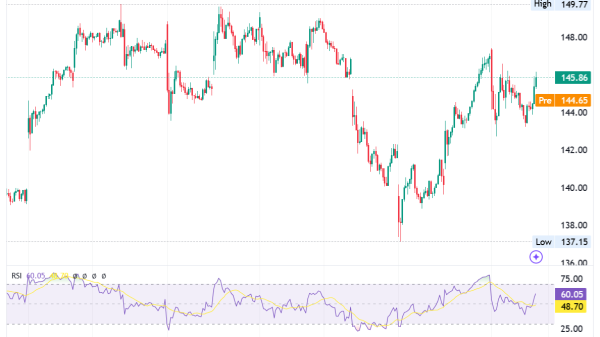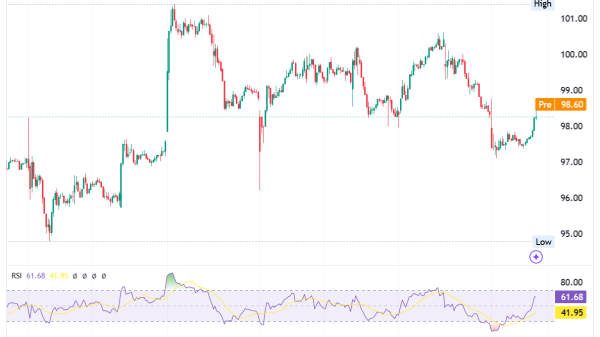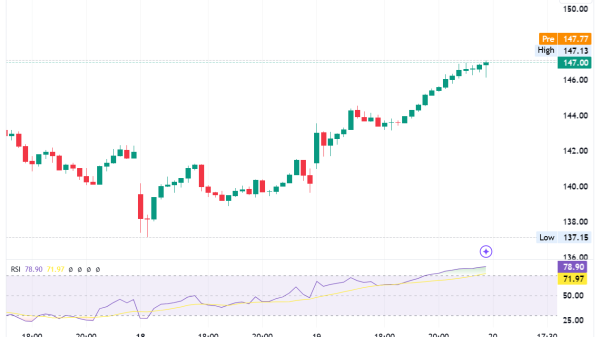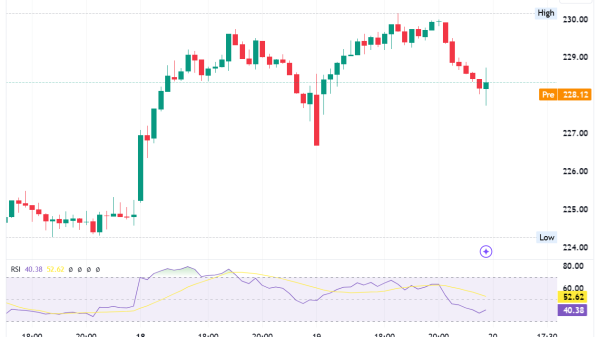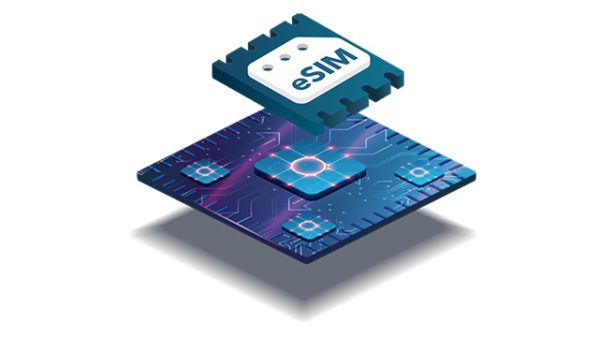The advent of the Internet of Things (IoT) has revolutionized how we interact with technology, integrating the physical and digital worlds in unprecedented ways. However, the proliferation of IoT devices also brings challenges, particularly in managing their lifecycle effectively. IoT Device Lifecycle Management (DLM) is crucial for the efficient and secure operation of these devices. This article delves into the various stages of IoT DLM, the challenges involved, and the strategies for effective management.
Understanding IoT Device Lifecycle Management
IoT DLM refers to the processes and methodologies used to manage an IoT device from its inception to retirement. It encompasses the entire spectrum of an IoT device’s existence, including design, development, deployment, operation, maintenance, and eventual decommissioning. Effective DLM is vital for ensuring device security, functionality, and overall network health.
1. Design and Development Stage
The lifecycle of an IoT device begins with its design and development. This stage involves defining the device’s purpose, functionality, and the environment in which it will operate. Key considerations include:
Security by Design: Implementing security measures at the design phase is critical. This includes hardware and software security features, data encryption, and secure communication protocols.
Scalability and Compatibility: The device should be designed to be scalable and compatible with different platforms and technologies.
Energy Efficiency: Many IoT devices are deployed in locations where power sources are limited, making energy efficiency a crucial design factor.
2. Manufacturing and Deployment
Once designed and developed, the next stage involves manufacturing and deploying these devices. This phase must ensure that the devices are built according to the specified design and that they are deployed correctly in their intended environment.
Quality Assurance: Rigorous testing for quality and compliance with standards is essential.
Deployment Strategy: The deployment should be planned to minimize disruptions and ensure seamless integration with existing systems.
3. Operation and Maintenance
This is the longest phase in the lifecycle of an IoT device. Key activities include:
Monitoring and Management: Continuous monitoring for performance and security is vital. IoT devices generate vast amounts of data, and their performance must be consistently managed.
Software Updates and Patch Management: Regular software updates and patches are essential to address security vulnerabilities and enhance functionality.
Remote Troubleshooting and Support: Given the often remote and distributed nature of IoT devices, remote troubleshooting capabilities are crucial.
4. Data Management and Analysis
IoT devices collect and transmit data, necessitating effective data management strategies.
Data Storage and Analysis: Efficient storage solutions and advanced analytics capabilities are required to derive meaningful insights from the data collected.
Data Privacy and Compliance: Adhering to data protection regulations and ensuring user privacy is paramount.
5. Decommissioning and End-of-Life Management
Eventually, IoT devices reach their end of life, whether due to technological obsolescence, wear and tear, or other factors. This stage involves:
Safe Decommissioning: Ensuring that devices are decommissioned safely, without posing risks to the environment or data security.
Data Sanitization: Properly erasing stored data to prevent unauthorized access or data breaches.
Recycling and Disposal: Adhering to environmental standards for recycling and disposing of electronic waste.
Challenges in IoT Device Lifecycle Management
Managing the lifecycle of IoT devices presents various challenges:
Scalability: As IoT networks grow, managing an increasing number of devices becomes complex.
Diverse Device Ecosystem: IoT encompasses a wide range of devices with different functionalities, requiring diverse management strategies.
Security Risks: IoT devices are often targeted by cyberattacks, making security a continuous concern.
Regulatory Compliance: Compliance with various regional and industry-specific regulations can be challenging.
Strategies for Effective IoT Device Lifecycle Management
To address these challenges, several strategies can be employed:
Implementing Standardized Protocols: Adopting industry-standard protocols can help in managing devices efficiently.
Automated Tools and Platforms: Leveraging automation for device management can significantly reduce the complexity and improve efficiency.
Regular Security Audits: Conducting regular security audits and assessments can help in identifying and mitigating risks.
Training and Awareness: Ensuring that staff are trained and aware of best practices in IoT DLM is crucial for its success.
The Future of IoT Device Lifecycle Management
Looking ahead, IoT DLM is set to become more complex and crucial. The integration of AI and machine learning can provide more intelligent and automated management solutions. The adoption of edge computing can also enhance the efficiency of IoT operations. Moreover, as IoT continues to evolve, there will be a greater emphasis on sustainable practices in device lifecycle management, focusing on minimizing environmental impact.
Conclusion
Effective IoT Device Lifecycle Management is critical in ensuring the efficient, secure, and sustainable operation of IoT devices. As IoT continues to grow and permeate various sectors, the challenges in managing these devices will
also increase. However, with the right strategies, tools, and awareness, these challenges can be addressed, leading to more robust, efficient, and secure IoT ecosystems. The future of IoT DLM lies in its ability to adapt to evolving technologies and requirements, ensuring that IoT devices continue to be a driving force in the connected world.
The post IoT Device Lifecycle Management: Ensuring Efficiency and Security in a Connected World appeared first on IoT Business News.
















